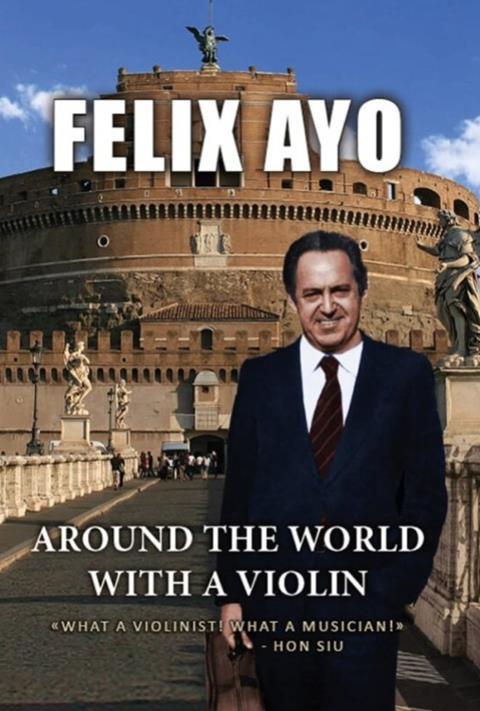Laurence Vittes reads the autobiography of violinist Felix Ayo, a founder member of I Musici chamber ensemble

Around the World with a Violin
Felix Ayo
204PP ISBN 9798871974346
Strangedays Books $15
Before his death in September 2023, the Spanish-born Italian violinist Felix Ayo finished writing his memoirs. He is best remembered for his 1955 recording of Vivaldi’s Four Seasons with the chamber ensemble I Musici, of which he was a founder member. From the beginning, he tells us, ‘Vivaldi was our spearhead. We were thinking about the recovery of Vivaldi, especially from an interpretive point of view. We wanted a cleaner, clearer, more crystalline Vivaldi, full of vitality in the allegri and with intense yet restrained expressiveness in the slow tempos. We played Vivaldi for our debut at Santa Cecilia and he remained an important presence in our repertoire.’
I Musici was founded while Ayo was studying at the Conservatorio di Musica Santa Cecilia: ‘I was present for 17 years right from the first rehearsal.’ A year later he also founded a piano quartet, which in 1970 would become the Quartetto Beethoven di Roma and tour the world for 36 years. Although he became synonymous with the Four Seasons for a whole generation of music lovers through his association with the piece, he had no particular background in Baroque style, let alone historically informed performance (HIP). But he projected, as Shirley Fleming once wrote, ‘that wonderful simplicity which is the key to music of this kind. His passagework is absolutely clean and pure. His melodic lines are natural as breathing, and he never for a moment loses the essential pulse of each movement.’ His writing style in this book is similarly clear.
Ayo’s detailed record of the extensive touring he did with I Musici, the Quartetto and later the Virtuosi di Roma – 750 concerts during the 80s alone – is a bittersweet reminder of times past when the US was constantly being criss-crossed by classical music tours for which players like those of I Musici received $25 a day plus expenses, were scheduled 13 nights in a row with the 14th off, and travelled everywhere by bus.
In addition to the concerts and colleagues, tourism, family and friends, repertoire, press notices and food, Ayo writes about teaching issues, including the importance of a good teacher, shoulder rests, how to attain ‘a magnificent basic intonation’ and the right way to hold the bow. He recommends studying the repertoire chronologically in order ‘to understand the gradual and fascinating development of instrumental technique and composition through the years’. The numerous grainy black and white photographs show up better in the paperback. The book is divided into ten convenient chapters, although with no index, which gives a distinct advantage to the Amazon Kindle version with its invaluable search function.
LAURENCE VITTES











































No comments yet